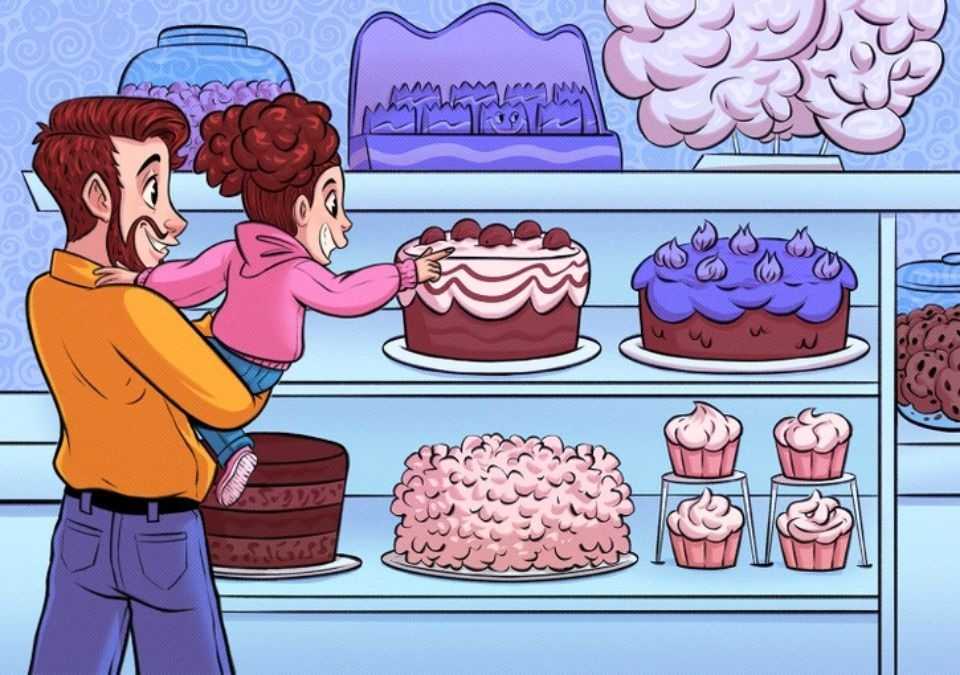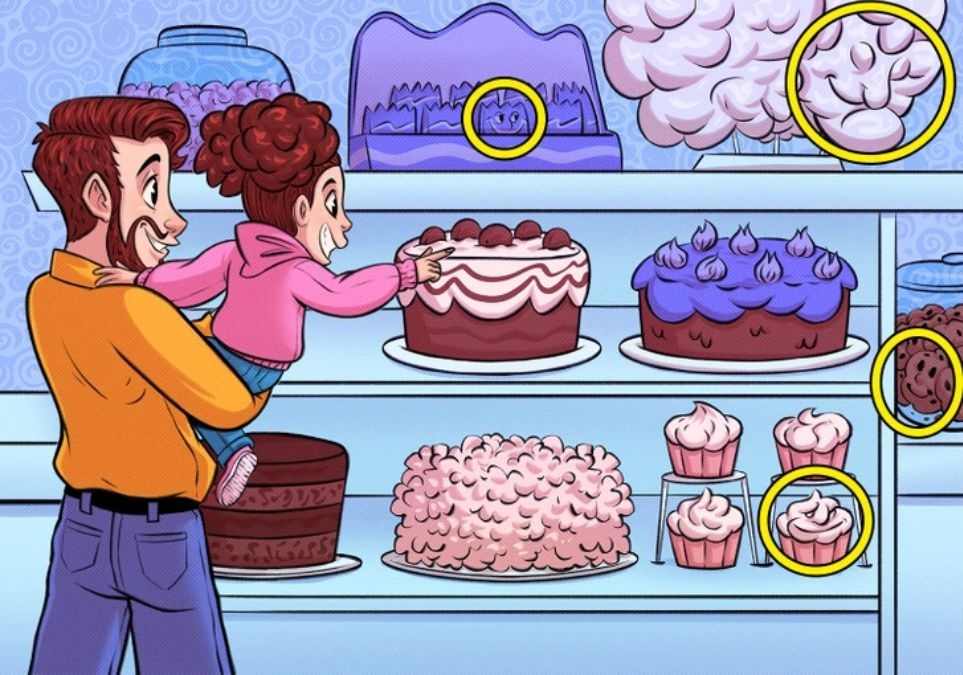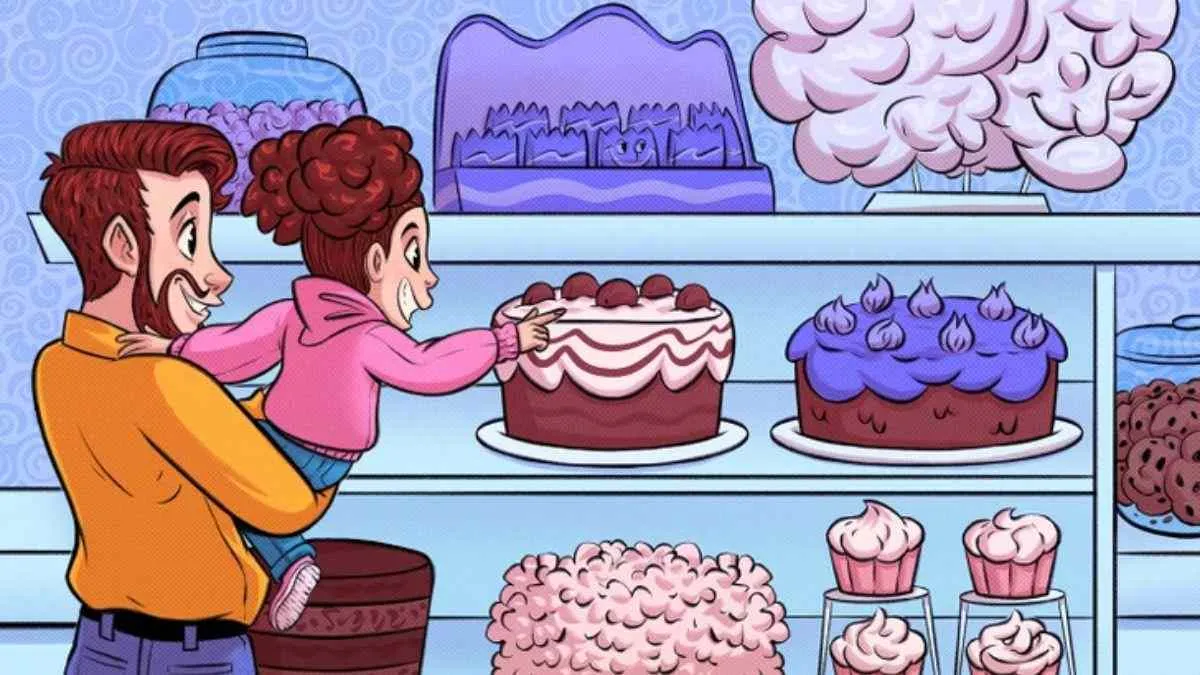Did you know that the brain doesn't passively receive visual information? It actively interprets and constructs our perception. The brain uses various shortcuts and assumptions to make sense of visual input quickly. For example, it might assume that objects in shadows are darker or that lines converging in the distance indicate depth.
Our past experiences and the surrounding context influence how we perceive things. Illusions can manipulate these factors to create misleading perceptions. Some illusions are due to the way our eyes and brain process light and movement (physiological), while others involve our brain making inferences or interpretations based on context (cognitive).
Some examples of optical illusions include the Checker Shadow illusion, where the squares of the same colour appear different due to the brain's interpretation of shadows. Our brain expects certain depth cues, and manipulating these can create illusions of size or distance. Optical illusions trick our brains because they exploit the way our visual system processes information, relying on assumptions and shortcuts to interpret the world around us.
Studying optical illusions helps researchers understand how the visual system works and how our brains construct our perception of reality. Our brain constantly makes predictions about what we are seeing, and when these predictions don't match reality, we experience an illusion.
Let us see how sharply your brain works through deception. Here is an optical illusion with hidden faces. Can you spot them all in 5 seconds?
Optical illusion to test visual IQ: Spot four faces hidden in this cake shop in 5 seconds!

Image: Brightside
Here is an interesting hidden faces optical illusion challenge. There are four faces that are hidden in plain sight.
Your challenge is to spot the hidden faces in this cake shop in five seconds. Can you?
Start by focusing on the outlines, shapes, and shadows within the image.
Look for patterns that resemble facial features, like eyes, noses, and mouths.
The faces might be blending into the background. Pay close attention to the arrangement of items and how they might form the facial structures.
Only 1% With Sharpest Attention To Detail Can Solve This Brain Teaser In 5 Seconds!
Scan the image methodically. Notice how the shapes of pasteries, shelves, or even decorations might resemble facial features.
Look for subtle clues. Pay attention to shadows, light, and how the arrangement of objects might create the illusion of a face.
Be patient and persistent. Optical illusions require careful observation, so don't get discouraged if you don't find the hidden faces immediately.
Let your imagination run wild. Try to visualise how the elements in the image could be combined to form faces.
Were you able to spot all hidden faces?
Answer revealed!
If you found all the hidden faces, you have shown you possess a keen eye for detail, sharp visual acuity, and strong observation skills.

Image: Brightside
You may also like...
Are You Adventurous? Your Standing Position Reveals Your Hidden Personality Traits!

Comments
All Comments (0)
Join the conversation